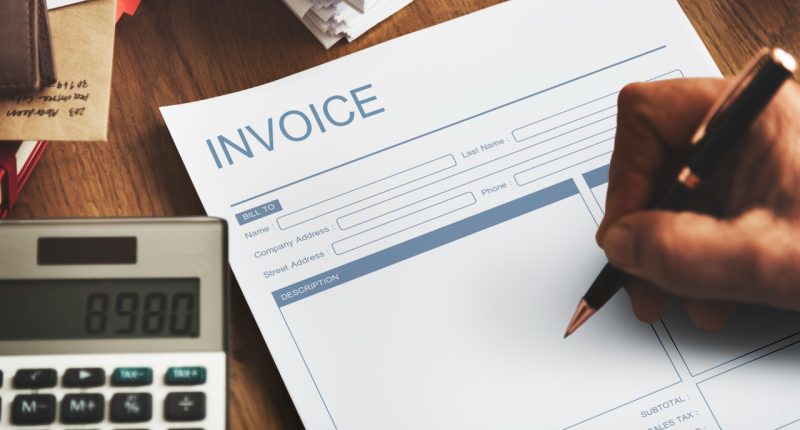Invoice financing is a short-term solution to maintain the cash flow of the businesses. In which a business borrows the money against its invoice. Sometimes a good and reliable client takes time to release the payment, to continue the business operations, every businessman needs money. So, to navigate from this situation, invoice financing is the best solution. It is the best way to improve the business cash flow because a businessman can borrow the amount against the unpaid invoice. This asset-based lending is of two types- the first is when the business opens a line of credit leveraging their good accounts receivable to an invoice factoring company. The second is when the business sells its account receivable to an invoice factoring company. Here the factoring term stands for when the company sells its outstanding invoices to the finance house who will pay the credit of 75% or 80% of the total invoice.
Requirements to Get the Invoice Financing:
The following are the conditions that every candidate has to go through to get the invoice financing against the unpaid invoice.
- B2B businesses.
- Seasonal businesses.
- Business with respected and trustworthy clients.
- Long term businesses.
- Businesses who gain large invoices at the end of the month or year.
Industries that can avail the request of the invoice financing:
- Manufacturing.
- Retail.
- Healthcare services and medical suppliers.
- Legal services.
- Business consultants.
- Agriculture
- Real estate.
Invoice financing is not for the business to consumer companies or subscription-based revenue businesses.
What is the Invoice Financing Process?
Invoice financing is a financial transaction in which a business sells its invoice and gets the cash against it. The lender will take some percentage of the invoice as a fee. It’s not a pure loan but it’s a financing solution that always keeps your cash flow.
Step1: Invoice into Cash:
Companies who are B2B or have long term business operations can avail of the request for invoice financing.
Step2: Verification:
The businesses which deal with the big and trustworthy clients can opt for the invoice financing.
Step3: Same Day Cash:
Once the verification gets finished at the finance house to approve your application, you will get the same day cash in your account against your unpaid invoice.
Step4: Balance Received:
In 30-60 days, when your customers release your payment, and the lender will take the fee and sort out the debt.
Step5: Repeat:
You can generate the request for the finance invoicing when the new invoice gets created.
Working Principle Of Invoice Financing:
Many lenders do transactions in a two installments invoice sale. The first installment gives the coverage of 80% of your invoice. The second installment gives the coverage the rest of 20% of your invoice. The cost of factoring lies between 1.5% to 4.5% per 30 days.
What Is Invoice Discounting?
An alternative way to get the cash against the unpaid invoice is discounting. But with discounting, you retain ownership of the invoices. The process of invoice discounting is listed below-
- Businesses send invoices to their customers.
- The same invoices are sent to the finance company, who will decide how much cash they will lend against your invoice.
- The finance company lends money to the borrower.
- When customers release the payment, then you will pay the amount to the finance company as a fee.
Pros And Cons Of The Invoice Financing:
Below we have mentioned the pros and cons of the invoice financing-
Pros:
- Applying for invoice financing is a less time-consuming and straightforward process.
- With factoring, your account is managed by another company so that you can focus on the other work.
- There are no fixed repayment terms to affect cash flow.
- The invoice acts as an asset, so when you take the working capital, it will not affect your loan history and credit score.
Cons:
- The cash is structured in two installments- in the first installment, you will receive 80% of your invoice, and in the second installment, the rest 20% of the invoice gets covered. It means you will not get 100% of your invoice altogether.
- The financing company doesn’t offer you the cash against the old invoices.
- You can become too reliant on the invoice rather than working on the actual causes of the cash flow.
The Bottom Line
We hope this comprehensive guide on the invoice financing helps you a lot. If you are running a B2B company and running off the cash flow, then you should opt for the invoice financing term. It doesn’t affect your loan history or credit score because your invoice works as an asset. If you are looking for invoice finance to improve your cash flow, Capitall Singapore will serve you the best service in the market.





